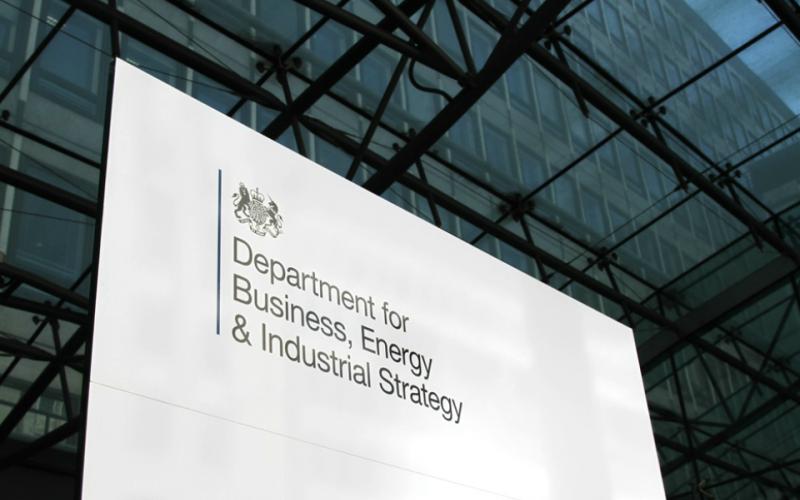April 2019 update – BEC secures exemptions to the end of FITs at THIRTY sites
July 2018: The Government is proposing to bar solar generators’ access to the national grid, by killing off the export tariff, a mechanism via which solar owners sell their electricity to grid suppliers.
The export tariff, the new BEIS consultation says, will be unavailable for any new solar system built after 31 March next year.
This effectively means an end to ANY new solar PV after that date.
While it’s been speculated that solar installations could continue without Feed in Tariffs (whose demise was announced last year), the BEIS document would remove the ability of generators to sell their excess.
That’s crucial because without being paid for the electricity that’s sent into the national grid, electricity from new solar installations is effectively wasted.
That kills the viability of solar projects since a large proportion of electricity generated would become impossible to monetise.
The limitation or removal of export tariffs is a tried-and-tested method to kill of solar development. It bears remarkable resemblance to Spain’s ‘Sun Tax’ which required renewable generators to give their electricity away for free, something that I wrote about last year.
The Psuedo-Consultation around the Export Tariff
The consultation contains no proposals for what to do with excess power.
Instead, the Government gets very careful. It states that the export tariff acts against the development of of markets into which small-scale renewables can sell their excess power. It then raises a finger in the air and rhetorically mulls what to do (read ‘calls for evidence’.
That’s clever.
By removing the ability of solar sites to export their electricity and then calling for evidence about what to do, the government is kicking the issue into the long grass. This prevents new solar being installed, all the while adopting the moral high ground of ‘we are thinking about it’.
Which would be all very well if this Government did not have a solid track record of delays, inaction and attrition of backing for solar energy.
This most recent BEIS consultation is seven months late. It doesn’t close until September and is due to be implemented in eight months’ time.
It follows a two-year programme of cutting Feed in Tariffs and associated supports like the Renewables Obligation Scheme. 12,000 jobs have been lost in the solar industry and new community-owned installations have fallen by 95%.
It’s not rocket science to see the direction of travel here.
Indeed, this sort of pseudo-consulting is familiar to those involved in the fracking debate, where thousand-submission consultations are routinely ignored.
A misunderstanding of the issue
Yet even if you were to take the government’s rationale of ‘it’s getting in the way of the market’ as a reasonable justification for the removal of the export tariff (a position not backed up by any evidence, but just for speculations sake), markets are already developing around exported electricity.
The motivation is the difference between the export rate (around 5p) and retail rates (from 12p upwards). It is not the export tariff that stands in the way of market development, it is, to put it politely, the government’s malignant attitude towards the issue.
Realising a long-held ambition: the end of UK solar
Removing export tariff finally kills off the governments long-held ambition: the complete shut down of the UK’s solar industry.
With the industry decimated, and new installations running at a rate even below the governments parsimonious expectations, the end of the export tariff finally fulfills that goal.
Share this via:
[addthis tool=”addthis_inline_share_toolbox”]


